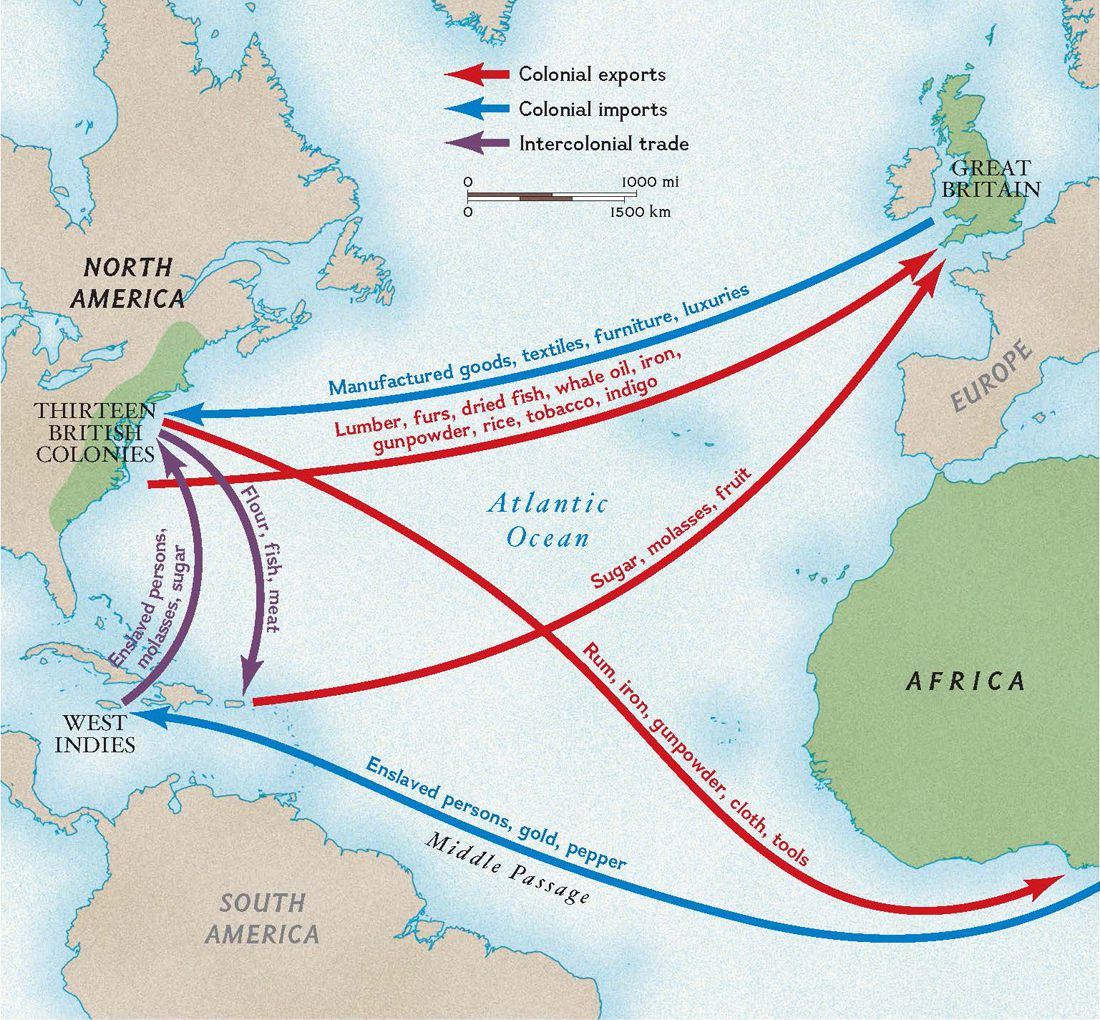"We might even do something about the muscle and skeletal atrophy problem simply by wearing heavily weighted clothing to simulate Earth normal gravity."
That's highly unlikely. The effects of low gravity are quite similar to long term bed rest. That can be treated. It takes months or even years to recover however. Muscle atrophy, cardiovascular issues, calcium loss in bones, yeah, it's all there. It's all treatable too, and has been for a couple of generations now. But the Physical Therapy involved is long and not always easy. The months can drag on into years.
That however is not a problem for those who don't intend to come back to Earth. Colonists won't mind having bones that are just strong enough for Mars. Not if they want to be Martians.
Your problem is that you are assuming that everyone there will want to return to Earth. But why cripple yourself while you are on Mars to make things easier when you return to Earth. Just don't come back. Problem solved.
"Like living in Antarctica"
Nobody lives in Antarctica because there are international treaties forbidding it, except for scientific researchers. In the High Arctic there are tens to thousands living under almost exactly the same conditions.
As I said in an earlier post, Living on mars isn't like living in Antarctica. No, it's going to be more like living in the Mall. The earlier years will be more like living in a warehouse, but the warehouse will grow and become somewhat more specialized. The first couple of years will be living in a small house. Island Fever is easy by comparison.
"But families? Is it moral to risk your kids' lives when they have no say in the matter? Do we see kids living in Antarctica or under the ocean? Of course not!"
The same could be said about having Kids in the USA for emigrants from Europe of Asia. Oh, and the population of the US, Europe and all of Northern Asia is declining. It seems having kids is out of style. Too bad, as the future only belongs to the children. If you have no children, you have no future. The same will be true for Mars.
But looking around at the shopping mall, kids don't seem to mind the environment most like a Mars Colony here on Earth at all. So yes, it is moral to have kids and to raise them to live as well as they can where they are.
". . . like the deserts of the American Southwest. But it's not. It's not even as fun as the Sahara, and I don't see anyone living there except in oases."
Speaking as someone who lives near Phoenix Arizona, with enough tech, it's easy to live in the hot dry deserts. The problems with the Sahara are not technical, they are political.
Benito Mussolini forced some Italians to live in the Sahara Desert in the 1930's. They had little problem dealing with the desert conditions. Drinking water was from solar stills. Grasses with no goats (The Sahara is a goat made desert for the most part. It's a dramatic demonstration of overgrazing) survived and spread about a kilometer a year. There are still the occasional research project that proves the assertion. Get rid of the goats, sheep, cattle and most of the horses, and the Sahara could be restored to the grassland with the occasional swamp and lake that it was in 1200 BC.
The Arabs who lived there were quite upset with the Italians over that however. With good cause. The nomads living there were herders mostly. The Italians didn't care what happened to the herders. They just killed the goats and sheep.
The lesson there isn't that Mussolini was a good guy, he wasn't. The lesson was that the Sahara can be settled if we really want to. But the problems with that need political solutions that will allow those now living there to survive as the landscape is changed.
But there are several millions living in or next to the Sahara today.
Mars has other problems. But they are problems that are solvable.
Check with the Mars Society. They have nearly everything worked out, except for the power problem.
Solar works for Mars about as well as it does on Earth. It's just as bad too. Solar had problems. Just look up the 'Duck'.
Nuclear works for Mars, but politically we can't ship the materials there, and we don't have the sources on mars to make it there. We won't for at least fifty years.
Fusion would solve all the problem if it worked. So far it doesn't.
Hydrocarbons don't work, as there isn't a ready oxygen supply.
So the problem that will most likely doom the first Mars Colony is the Power Problem. All the others are already solved.
Mars is not easy, but can be done. Barely.



